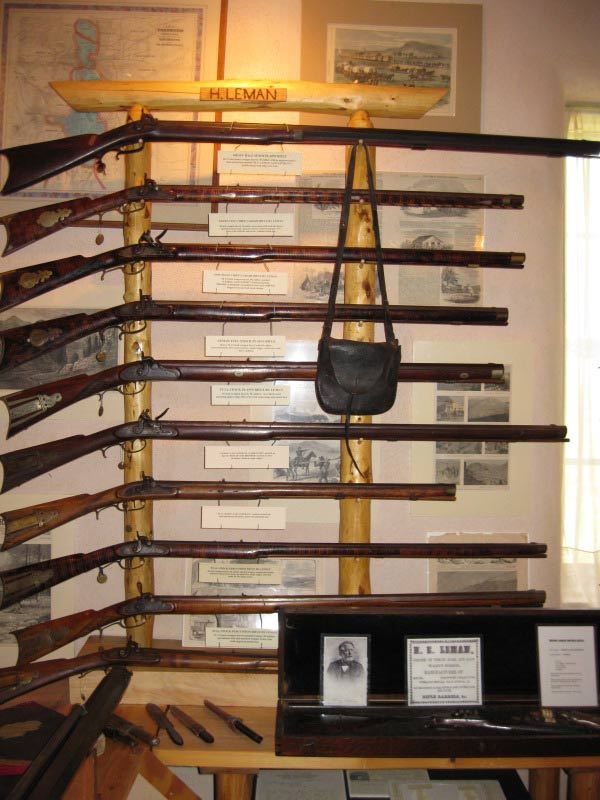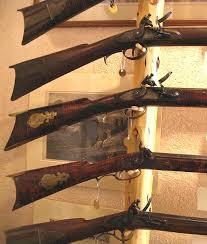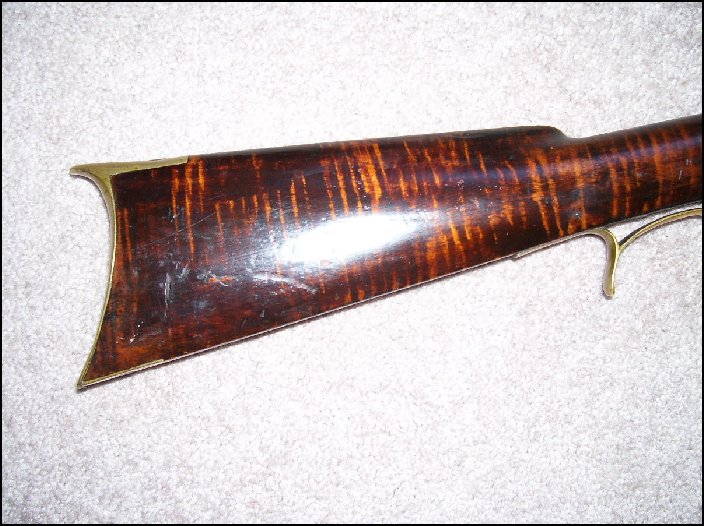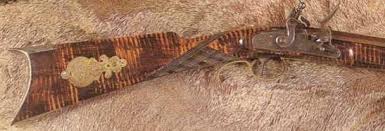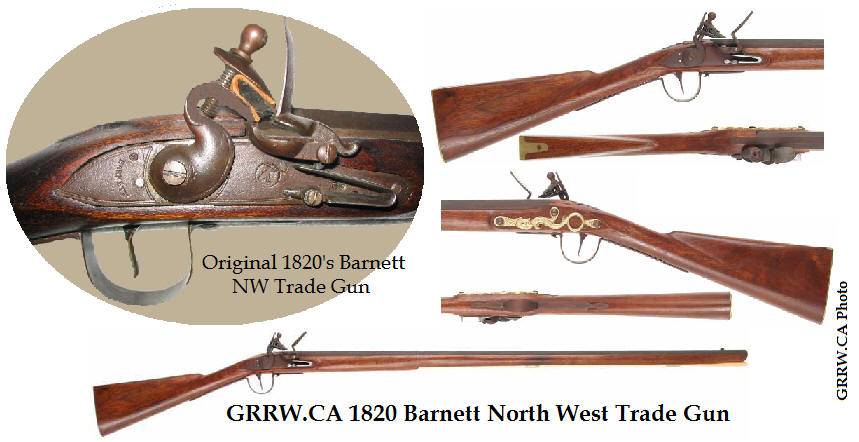Buck Conner1
Well-Known Member
- Joined
- Oct 20, 2015
- Messages
- 4,592
- Reaction score
- 558
[font=garamond,serif]SUBJECT: GRRW Leman Indian Trade Rifle FOR SALE[/font]

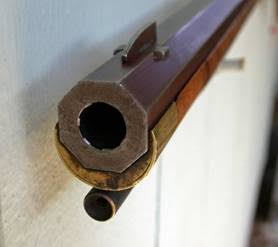 [font=garamond,serif]I have a GRRW flintlock conversion, .54 caliber, fullstock in excellent condition. Former GRRW kit gun or gun in the white from the early ‘70’s, has sat in a gun safe more than used, so it’s time for this rifle to find a new home. Have new GRRW.CA rifles crossing my doorstep that I really like, makes life to confusing on what I like best.
[font=garamond,serif]I have a GRRW flintlock conversion, .54 caliber, fullstock in excellent condition. Former GRRW kit gun or gun in the white from the early ‘70’s, has sat in a gun safe more than used, so it’s time for this rifle to find a new home. Have new GRRW.CA rifles crossing my doorstep that I really like, makes life to confusing on what I like best.
[/font]
[font=garamond,serif]FOR SALE[/font]
[font=garamond,serif]GRRW Leman Indian Trade Rifle that left GRRW as a kit or possibly an assembled in the white rifle. Some think this early full stock Leman may have been a factory finished rifle. It is a careful job of stocking and finish. No maker’s mark and no GRRW on barrel, some of the early guns left the shop like this per Carl Walker (former GRRW gunsmith and first employee). [/font]
[font=garamond,serif]This Leman started life as a cap-lock rifle in .54 x 1-1/16” x 30” straight barrel, brass hardware including the aftermarket brass cap box, fine curly maple stock. The bore size is stamped near the breech on left flat, but no other markings. The inletting, shaping and wood finish are very good and match that of GRRW factory rifles. [/font]
[font=garamond,serif]This gun seems to like 70 grains of 2FF and a .530 round ball with .015 patching as a good shooting load. Maybe a little hotter if hunting elk needing longer shots. [/font]
[font=garamond,serif]It has been converted to an L&R Manton flintlock that fits the mortise. The fence of lock to wood and breech, pan centered on touchhole etc. are done correctly.[/font]
[font=garamond,serif][font=garamond,serif]Asking price $1,400.00 plus shipping and insurance.[/font][/font]
[font=garamond,serif][font=garamond,serif]Thank you for your time, Buck Conner.[/font][/font]
[font=garamond,serif][font=garamond,serif]
 [/font][/font]
[/font][/font]



[/font]
[font=garamond,serif]FOR SALE[/font]
[font=garamond,serif]GRRW Leman Indian Trade Rifle that left GRRW as a kit or possibly an assembled in the white rifle. Some think this early full stock Leman may have been a factory finished rifle. It is a careful job of stocking and finish. No maker’s mark and no GRRW on barrel, some of the early guns left the shop like this per Carl Walker (former GRRW gunsmith and first employee). [/font]
[font=garamond,serif]This Leman started life as a cap-lock rifle in .54 x 1-1/16” x 30” straight barrel, brass hardware including the aftermarket brass cap box, fine curly maple stock. The bore size is stamped near the breech on left flat, but no other markings. The inletting, shaping and wood finish are very good and match that of GRRW factory rifles. [/font]
[font=garamond,serif]This gun seems to like 70 grains of 2FF and a .530 round ball with .015 patching as a good shooting load. Maybe a little hotter if hunting elk needing longer shots. [/font]
[font=garamond,serif]It has been converted to an L&R Manton flintlock that fits the mortise. The fence of lock to wood and breech, pan centered on touchhole etc. are done correctly.[/font]
[font=garamond,serif][font=garamond,serif]Asking price $1,400.00 plus shipping and insurance.[/font][/font]
[font=garamond,serif][font=garamond,serif]Thank you for your time, Buck Conner.[/font][/font]
SALE PENDING





